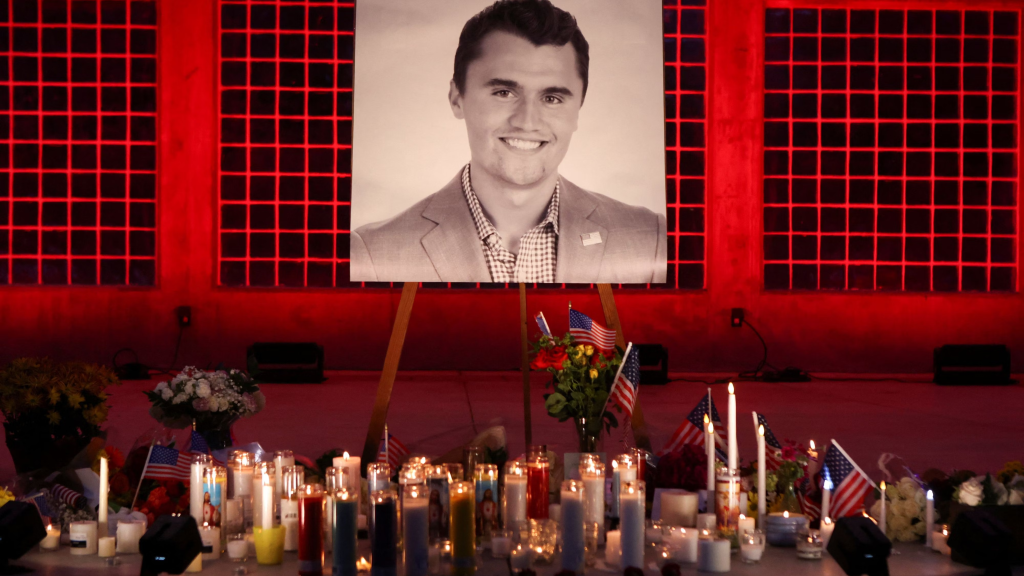
“Empathy is a fabricated New Age word that does a great deal of harm.” Those were Charlie Kirk’s own words in 2022 words that make Jamie Lee Curtis’ emotional tribute to him following his assassination all the more poignant. At a time when political polarization too often calcifies into hate, her response cut across party lines and catalyzed a larger discussion about loss, humanness, and the cost of public violence.
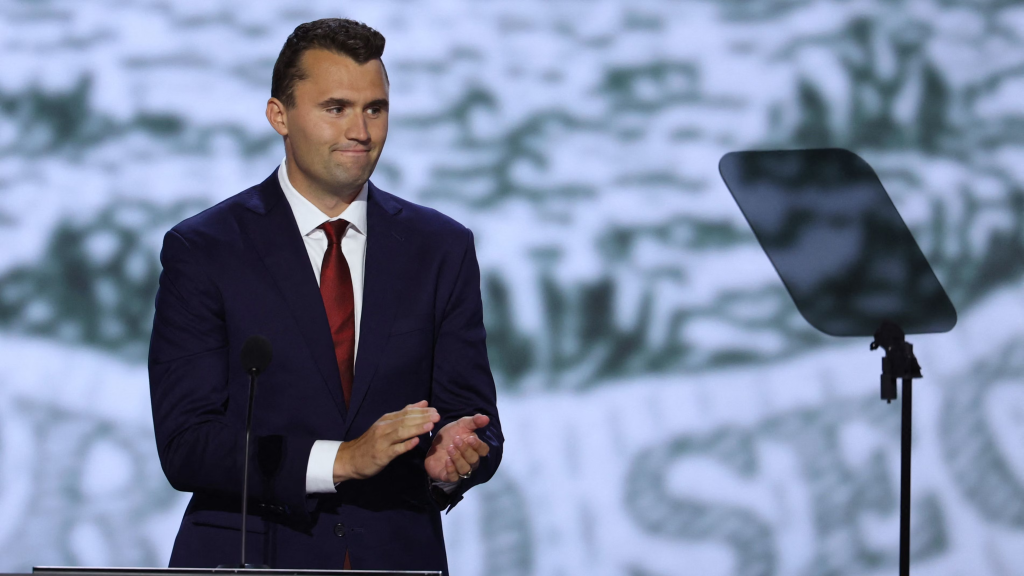
Kirk’s assassination on September 10 at Utah Valley University is not just a story anymore it’s tinder waiting to flare in America’s generational battle with political polarization and the psychological cost of witnessing violence live. From Curtis’ own existential understandings to professional warning regarding saturation coverage by the media, the aftermath has revealed things about empathy, trauma, and the way society copes with tragedy.
Here are seven key takeaways from the event and its wake each offering a lens through which we might think about how we can navigate us through moments of shared shock without estranging ourselves from each other.

1. Jamie Lee Curtis’ Cross-Partisan Compassion
Jamie Lee Curtis admitted she had differed with Kirk “on almost every issue” in an interview on Marc Maron’s podcast WTF, but called him “a man of faith” and wished he had been able to feel that at the moment of his death. She went so far as to equate his loyalty with Christ’s despite finding his political ideology “abhorrent.” It was a public act of compassion towards a political adversary that is too seldom seen in a culture where empathy is only felt for those on one’s own team.

2. Assassination and Immediate Aftermath
Kirk, 31, was shot and killed at an outdoor gathering at Utah Valley University. Police say the suspect, 22-year-old Tyler Robinson, had been tracking Kirk’s lecture tours and sent someone a message that he “had the opportunity to take out Charlie Kirk” and would do so because “some hatred can’t be negotiated with.” DNA on a towel wrapped around the gun connected Robinson to the crime. His arrest following a multi-day manhunt failed to provide motive questions, however, after he declined to speak.

3. The Psychological Toll of Violent Images
Curtis reacted with strong alarm that society is being “bombarded” with images of catastrophes and declared she never wanted to have witnessed the shooting of Kirk. Experts like Dr. Roxane Cohen Silver warn that repeated exposure to such content is a predictor of symptoms of post-traumatic stress, even in people far removed from the event. The 24-hour news cycle and viral social media short videos can produce a cycle of distress feedback, spurring concern over future violence.
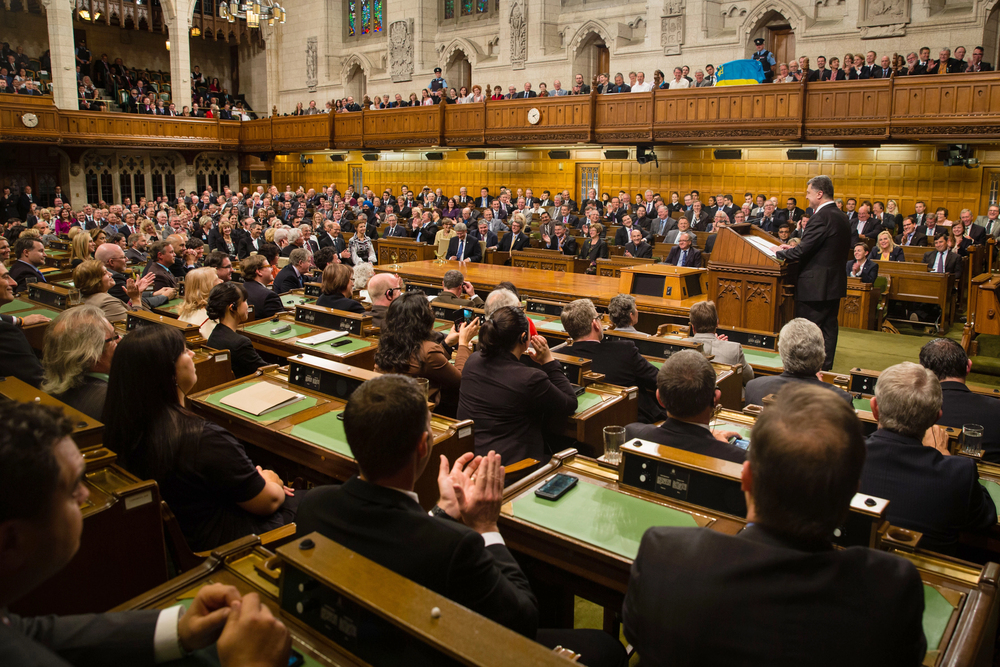
4. Uneven Politics of Empathy
Research finds empathy to be partisan individuals easily show it to members of their same party. When Kirk passed away, some liberals ridiculed grieving for him, as have some conservatives when liberal targets were attacked. This is compounded by what psychologists call Motive Attribution Asymmetry the belief that “we” are motivated by love and “they” by hate making genuine cross-party sympathy rare and risky politically.

5. What to Tell Children about Graphic News
Pediatricians like Dr. Anisha Abraham advise keeping explanations short and developmentally appropriate for younger children, centering on safety and reassurance. For adolescents, slightly more nuanced conversations are possible but re-exposure to graphic content is to be avoided. Encouraging them to identify their feelings fear, sadness, anger can help with event processing, while being available for subsequent conversations when delayed affective responses occur.

6. Coping Strategies for Adults
Grounding, mindful breathing, and maintaining normal routines are recommended by therapists as a counter to the stress of violent news. Limiting screen time, especially doomscrolling, can prevent retraumatization. As psychotherapist Jonathan Alpert discusses, “Trauma isolates and connection helps” whether meals shared, religious practices, or simply talking with trusted friends. Physical exercise, sound sleep, and well-nourished food also contribute to recovery.
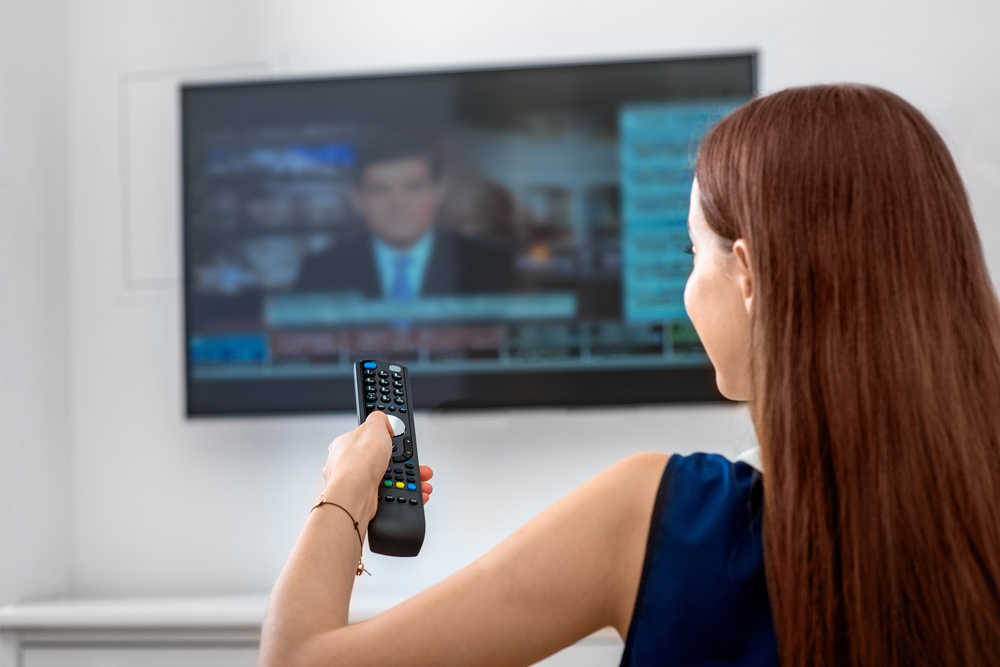
7. The Risk of Desensitization
Experts caution that constant exposure to political violence can desensitize the public. As Andrea Bonior, PhD, notes, “We weren’t built to constantly be exposed to violent imagery.” Desensitization has the potential to erode empathy and normalize violence, perpetuating the very cycles of aggression that cases like Kirk’s murder demonstrate. Limiting TV news watching isn’t avoidance it’s a way of protecting one’s mental health and humanity.
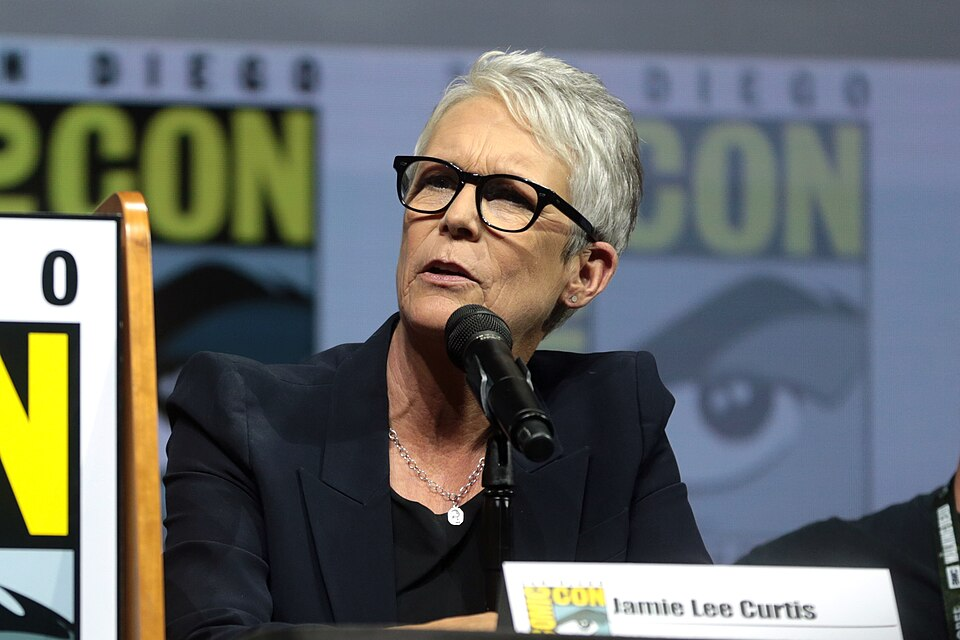
Kirk’s murder and Curtis’s emotional reaction have highlighted a brutal reality: political violence is not only about taking lives it is about verifying how much empathy the nation can muster. Whether or not one sympathized with Kirk, the debates created after his passing show just how thin, yet essential, compassion is in public discourse. In the era of saturation with indignation and gruesome images, choosing to protect mental health, seek balanced understanding, and be humane beyond fences can be the most subversive acts of all.


